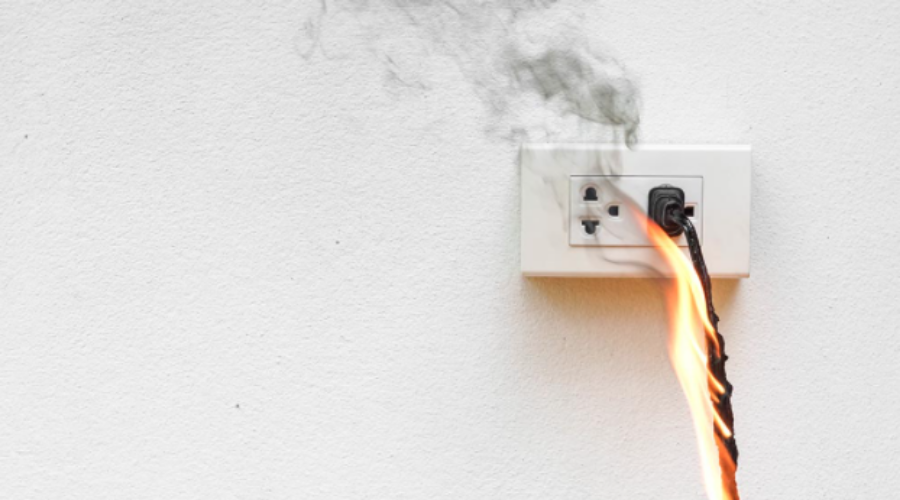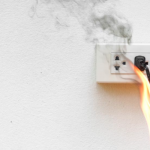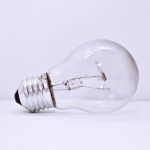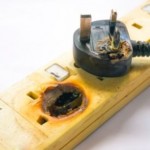Why Homeowners Should Be Prepared for These Electrical Hazards
Electricity is kind of a miracle. It’s common for people to take this for granted, since electricity is everywhere around and powering nearly everything. Many people don’t even think about electricity in terms of what’s actually happening to provide power. They just think about the end result, whether it be illumination, power for the computer, or a fully charged phone. This is only natural. But there’s one thing about electricity that people should strive not to forget: how dangerous it is.
While the vast majority of human-electricity interaction is safe, there are some common issues in the home to look out for. Read on to learn the top three common electrical hazards and why they should be avoided.
Overworked Power Strips
Power strips can be useful, effectively adding outlets to the home. Plugging one power strip into an outlet can immediately provide several more outlets to use. This is very convenient, and the fact that power strips are pretty cheap just makes things easier. But power strips have limitations many people aren’t aware of. In fact, overloading a power strip can cause breakers to trip and can even increase the risk of an electrical fire.
Power strips can only handle so much amperage, so plugging enough appliances or equipment into them can cause them to overload, which can result in their melting or starting a fire. It’s important to never plug one power strip into another. Also, never plug things like fridges, toasters, microwaves, hairdryers, or hair straighteners into them. It’s also a good idea to check the amperage limit of the power strip and calculate the amperage of all the things getting plugged into it.
Old or Poorly Installed Wiring
Another common household hazard to be aware of is old or poorly installed wiring. Wiring transports electricity around the home, so any time it is damaged or defective, it can present hazards to the house and those in it. Homeowners should look out for the signs of faulty wiring, such as flickering lights, tripping breakers, warm outlets or light switches, and any kind of black scorch mark on an electrical outlet. One or more of these signs means something is wrong with the wiring and needs to be addressed sooner rather than later.
Using Light Bulbs With the Wrong Wattage
Last on the list is the danger of using a light bulb with a higher wattage than the lamp or fixture. Similar to overloading a power strip, a lamp can only handle so much wattage. So putting a high-wattage light bulb in a low-wattage lamp can cause the bulb to overheat, which can melt the socket and even lead to arc faults and electrical fires.
It’s safe to use a wattage that matches or is lower than what the lamp or fixture is rated for, but using a higher-wattage bulb is never a good idea. Even if the bulb is only ten watts higher, homeowners should avoid doing it.
About Solaris Electric
The local experts at Solaris Electric have been proudly serving Orlando, FL for over ten years. They offer same-day service performed by friendly professionals. They also provide upfront pricing and always guarantee their work. Call them today for a home electrical safety evaluation.



























